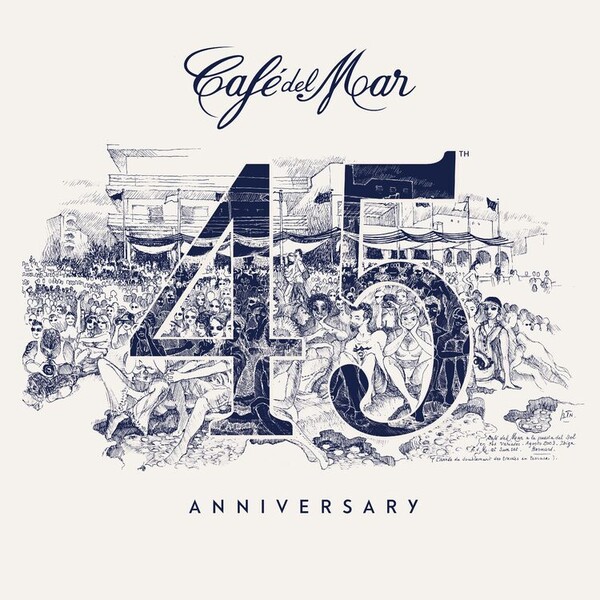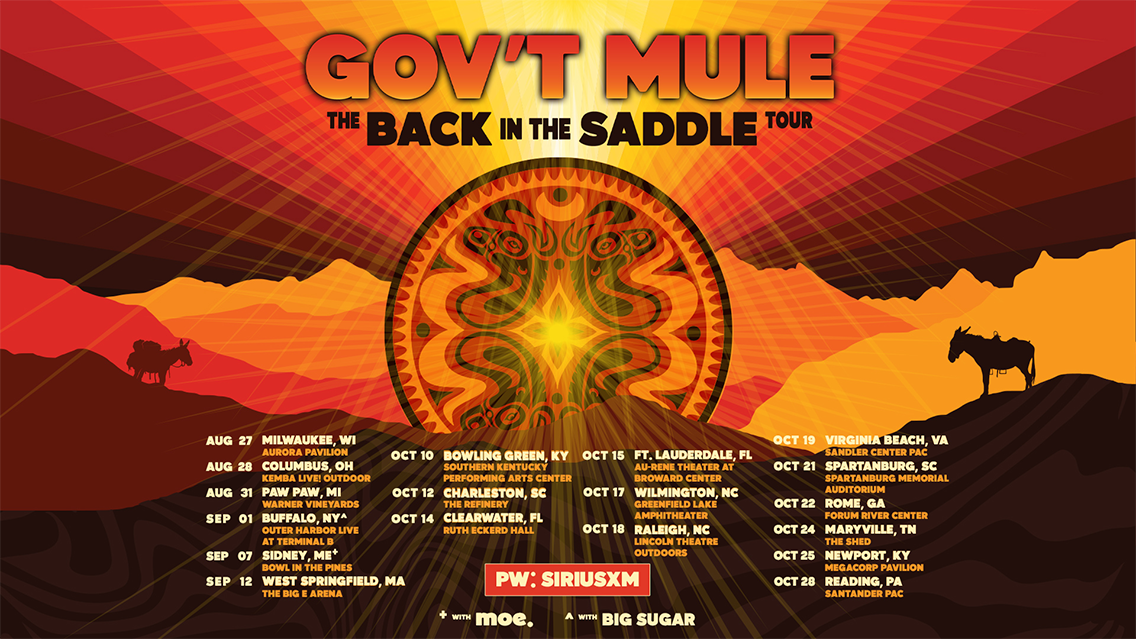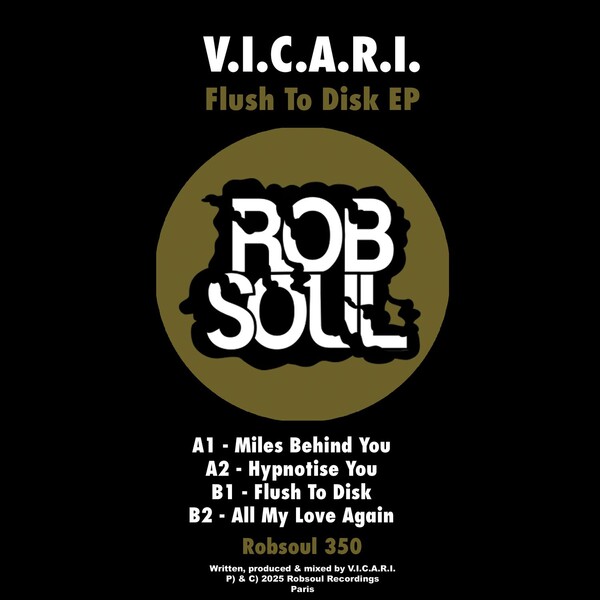Wild how things work — one dumb human makes one dumb choice, one dang monkey escapes its cage, and 28 years later, the United Kingdom has been entirely abandoned by the rest of the world, the survivors left to fend for themselves. That’s where the third movie in the 28 [Blank] Later series begins — and watch out Britain, because director Danny Boyle and writer Alex Garland are back to create some real chaos.
While Aaron Taylor-Johnson, Jodie Comer, and Ralph Fiennes are the big names on the poster, the true star of 28 Years Later is young Alfie Williams, who plays 12-year-old Spike. Spike has spent his entire life living in a relatively safe island community off the coast of Scotland, connected to the mainland by a causeway which sinks underwater at high tide. When the movie opens, it’s time for a rite of passage: Spike’s first trip out of the village, an occasion which his father Jamie (Taylor-Johnson) treats as an essential educational experience — apt, given that they live in a world where the most important thing to know is how to kill zombies.
Spike ends up taking things further, though, after learning that there’s a doctor on the mainland — a doctor who might be able to help Spike’s mother Isla (Comer), who suffers from unclear maladies that cause erratic behavior and massive headaches. There’s a real chance that the doctor might also be insane. But he might be the help Isla needs. All of that seems pretty straightforward. But the execution is what transforms this movie into one of the year’s most audacious films, if not an entirely successful one.
28 Years Later is Danny Boyle’s first movie since 2019’s Yesterday, but it also marks Alex Garland’s return to the franchise after spending the past 10 years or so working on his own projects. While Boyle’s signature visual touches are all over this movie, there’s more than a little of Garland’s own inherent weirdness seeping in; Annihilation in particular feels like a clear reference point.
In practice, what this means is sequences where the soundtrack is an unsettling blend of the unconventional, at times ethereal score by Young Fathers and discordant audio samples and other chaos. The movie also plays heavily with montage, drawing in archival footage of the world at war with itself across history (with only a few flashbacks to this universe’s actual zombie uprising in the mix).
Boyle also continues evolving on some of the tricks he used in 28 Days Later in terms of manipulating the digital image and film speed, creating zombie action unlike anything seen before. It’s a lot, and not all of it feels terribly additive. Yet there’s still room for the occasional glimpse of beauty — a night sky full of sparkles, a lush field of wildflowers, the hyper-saturated colors potent in those moments.

28 Years Later (Sony)
The movie proves most successful at exploring, in a very grounded way, what life could look like for a world 20-plus years into a pandemic like this: The island community where Spike grew up has been designed for survival, and filled with subtle touches like little passive-aggressive signs reminding the residents not to consume too many resources. Boyle and Garland also find a way to reveal how much the rest of the world has kept moving on despite Britain becoming zombie-ridden, reminiscent of how it’s easy to forget about wars happening in far-off parts of the world, especially after enough time has passed.
In terms of the cast, Comer is physically present in much of the movie but painfully underutilized, getting a few powerful beats to play but otherwise saddled with a character that doesn’t make full use of her talents. It would be a complaint worth making about Isla no matter who was playing her, but Comer in particular is such a strong, versatile actress, as proven in Killing Eve, The Last Duel, The Bikeriders and more. She deserves better.
That said, Alfie Williams delivers a more-than-capable performance, especially for his age, and the awkward father-son chemistry between him and Taylor-Johnson reflects the transition both characters are facing as Spike grows up. And to say much about Ralph Fiennes’ presence feels like a spoiler, but know that his arrival ushers in one of the strangest (and yet most beautiful) portions of the movie. Those piles of skulls on some of the 28 Years Later posters take on a whole new meaning, thanks to him.
28 Days Later has been held up as a wildly influential movie for the zombie genre as well as film in general — The AV Club recently logged 28 subsequent movies that owe a debt to the 2002 original. So it’s genuinely exciting to find that Boyle and Garland’s return to the franchise seems deliberately set on reinventing as many cliches as it can, while also exploding our assumptions about what a zombie movie might be. Make it to the end, and you’ll either be annoyed at its more over-the-top touches or delighted by the final bizarre moments. No matter what, you won’t be bored.
28 Years Later zombie-shuffles into theaters on Friday, June 20th. Check out the trailer below.

 3 weeks ago
10
3 weeks ago
10


















 English (US) ·
English (US) ·